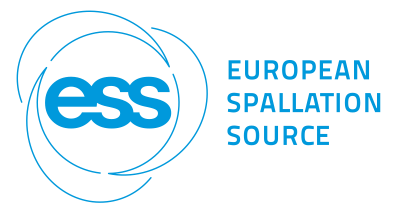Description
The McStas Union components provide a framework to simulate complex systems, both in terms of scattering physics and geometry. Materials are defined using a combination of available scattering processes and an absorption cross-section. Geometry is described using a combination of basic shapes, including spheres, cones and boxes. These can be combined to form complex nested geometries. Multiple scattering is simulated and all scattering processes in relevant material sampled according to their individual cross-sections. The Union components can be used to describe samples, sample environments, filters, detectors and more.
Such simulated systems can provide surprisingly complex results, and the Union components include tools to visualize and investigate the scattering and absorption that occurred in the system.
Recently surface physics was added to the system, allowing the scattering length density to be provided as part of the material definition. This allows refraction to be simulated whenever the ray traverses an interface. In addition, it is possible to define surface processes such as a reflectivity curve or thin absorbing layer. These processes can then be attached to any of the faces of the individual geometries. This additional feature will expand the use case of Union components to reflectometry samples as well as reflective and refractive optics.
